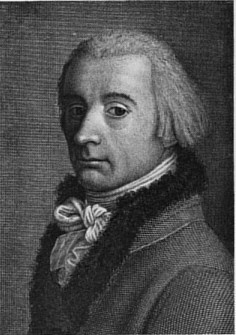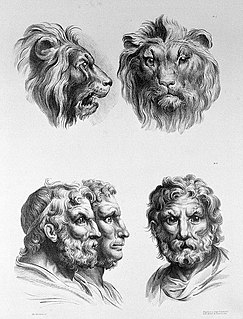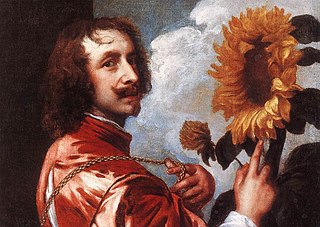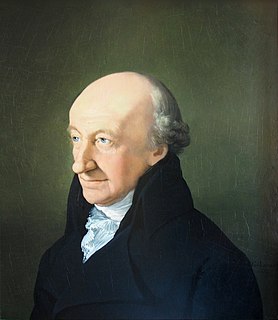
Johann KasparLavater was a Swiss poet, writer, philosopher, physiognomist and theologian.

Anton Graff was an eminent Swiss portrait artist. Among his famous subjects were Friedrich Schiller, Christoph Willibald Gluck, Heinrich von Kleist, Frederick the Great, Friederike Sophie Seyler, Johann Gottfried Herder, Gotthold Ephraim Lessing, Moses Mendelssohn and Christian Felix Weisse. His pupils included Emma Körner, Philipp Otto Runge and Karl Ludwig Kaaz.

Johann Rudolph Schellenberg was a Swiss artist, writer and entomologist best known for his illustrations of insects.

Johann Heinrich Wilhelm Tischbein, known as the Goethe Tischbein, was a German painter from the Tischbein family of artists.

Johann Kaspar Füssli, also written Johann Caspar Fuesslins or Fuessly, was a Swiss painter, entomologist and publisher.
Warja Lavater was born in Winterthur, Switzerland. She was a Swiss artist and illustrator noted primarily for working in the artist's books genre by creating accordion fold books that re-tell classic fairy tales with symbols rather than words.

Christian Gottlob Hammer, baptized as Gottlieb,, was an influential German landscape painter and engraver.
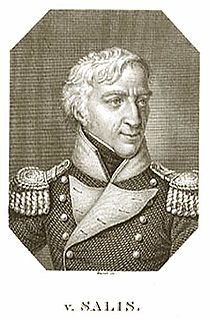
Johann Gaudenz Gubert Graf von Salis-Seewis was a Swiss poet.

Johann Heinrich Ramberg was a German painter and printmaker.

Ludwig Lavater was a Swiss Reformed theologian working in the circle of his father-in-law, Heinrich Bullinger. He served as Archdeacon at the Grossmünster in Zurich and briefly Antistes of the Zurich church as the successor of Rudolf Gwalther.
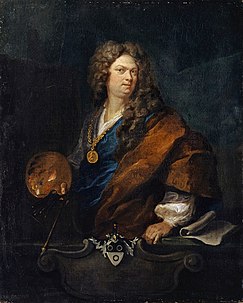
Johann Rudolf Huber was an eminent Swiss portrait artist. Among his famous subjects were Charles III William, Margrave of Baden-Durlach, Joseph I, Holy Roman Emperor and Albrecht von Haller.

Friederike Brun, née Münther, was a Danish author and salonist.
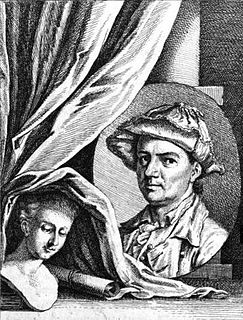
Jakob Emanuel Handmann was a Swiss painter specialised in portrait painting. He was a contemporary of the Swiss painters Anton Graff, Jean Preudhomme, Angelica Kauffman, Johann Jakob Schalch, Johann Caspar Füssli and his son Johann Heinrich Füssli.
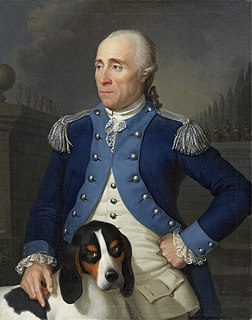
Jean Preudhomme or Preud'ho(m)me or Prudhomme was a Swiss painter. He was a contemporary of the Swiss painters Anton Graff, Johann Jakob Schalch, Angelica Kauffman, Jakob Emanuel Handmann, Johann Caspar Füssli and his son Johann Heinrich Füssli.

Johann Jakob Schalch was a Swiss painter. He was a contemporary of the Swiss painters Anton Graff, Jean Preudhomme, Angelica Kauffman, Jakob Emanuel Handmann, Johann Caspar Füssli. His son Johann Heinrich Füssli was also a noted painter.
The Lavater brothers were Johann Heinrich Lavater and Johann Jacob Lavater (1594–1636), both Swiss physicians and naturalists.
Rudolf Füssli was a Swiss painter, art historian and Lexicographer.
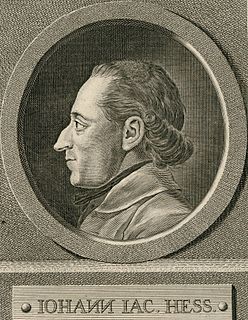
Johann Jacob Hess was protestant Swiss theologian and clergyman.
